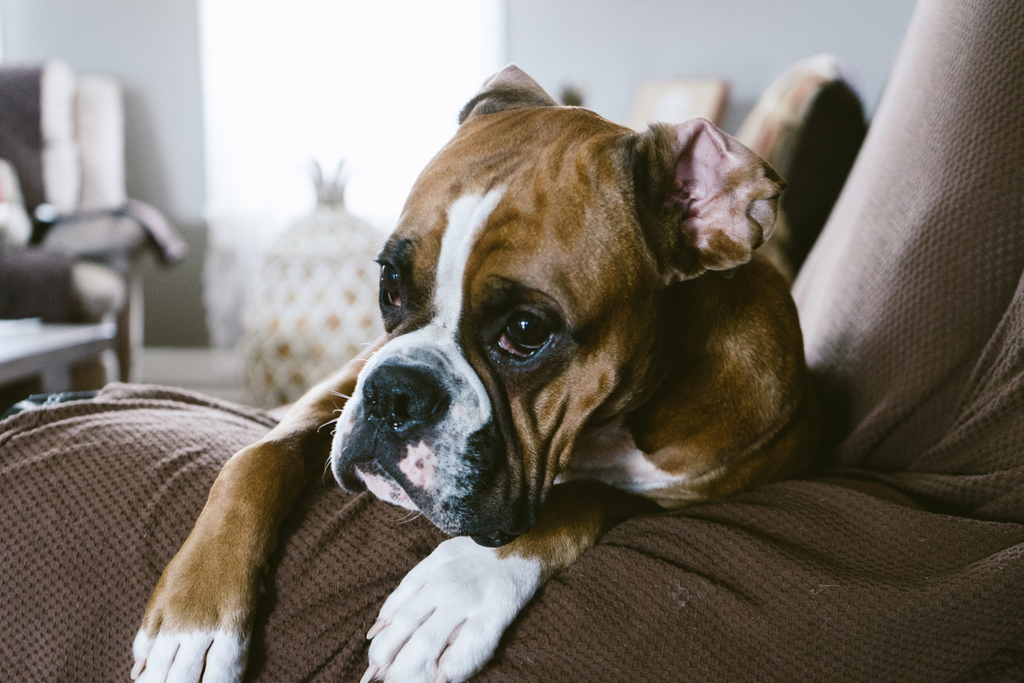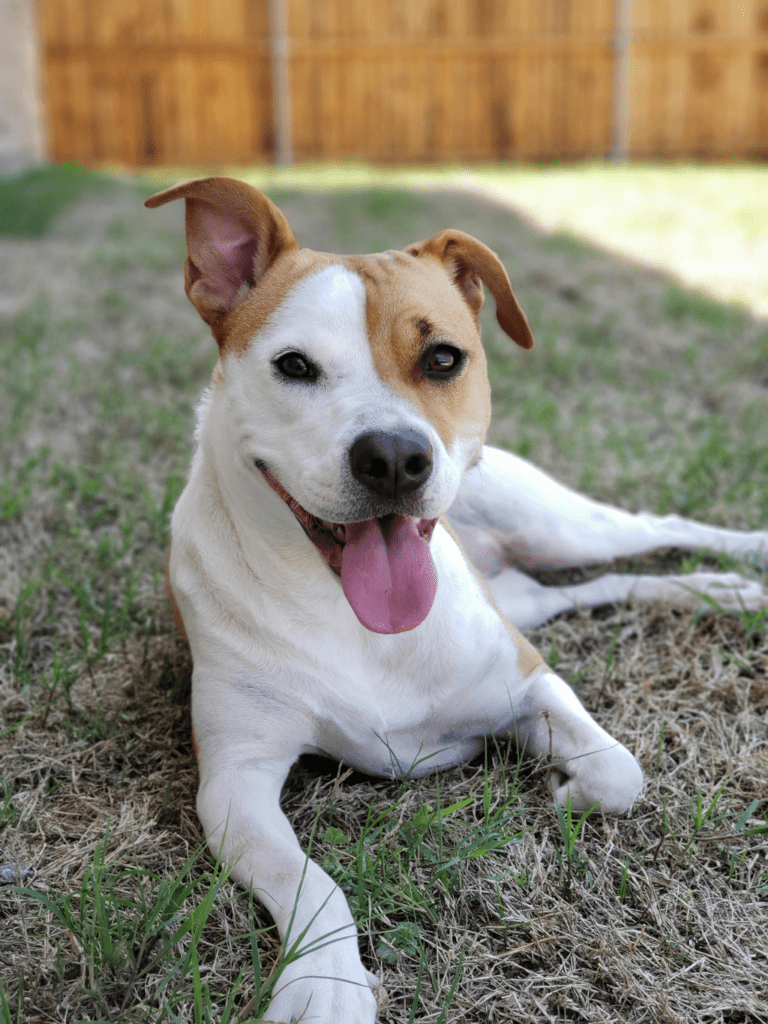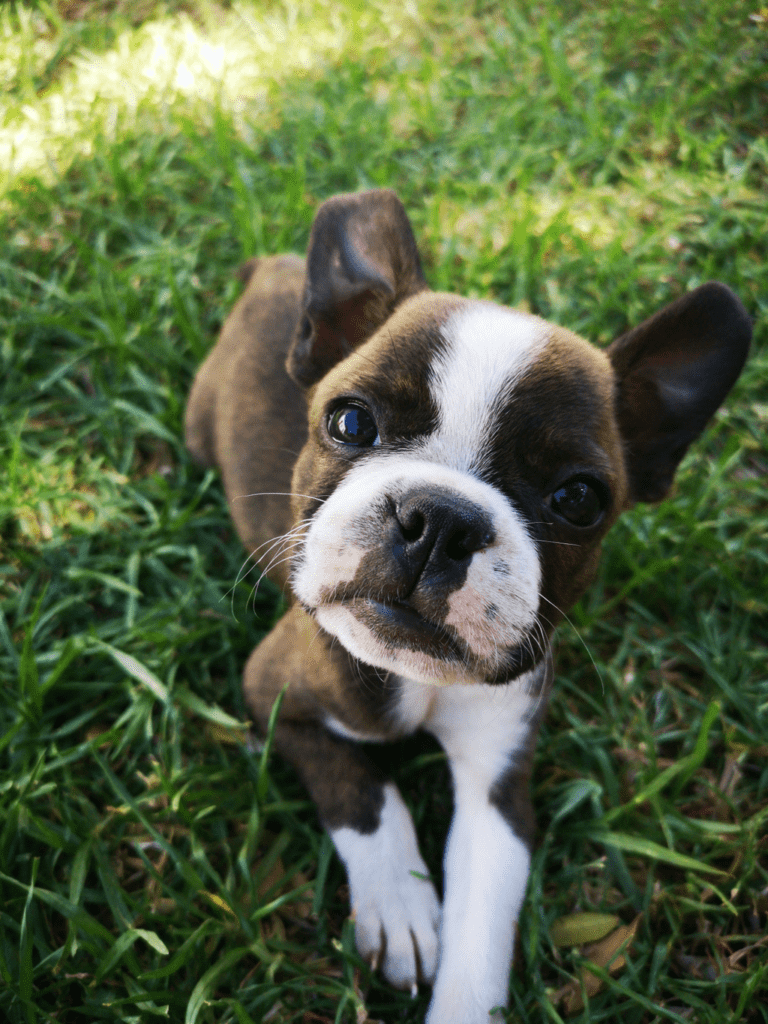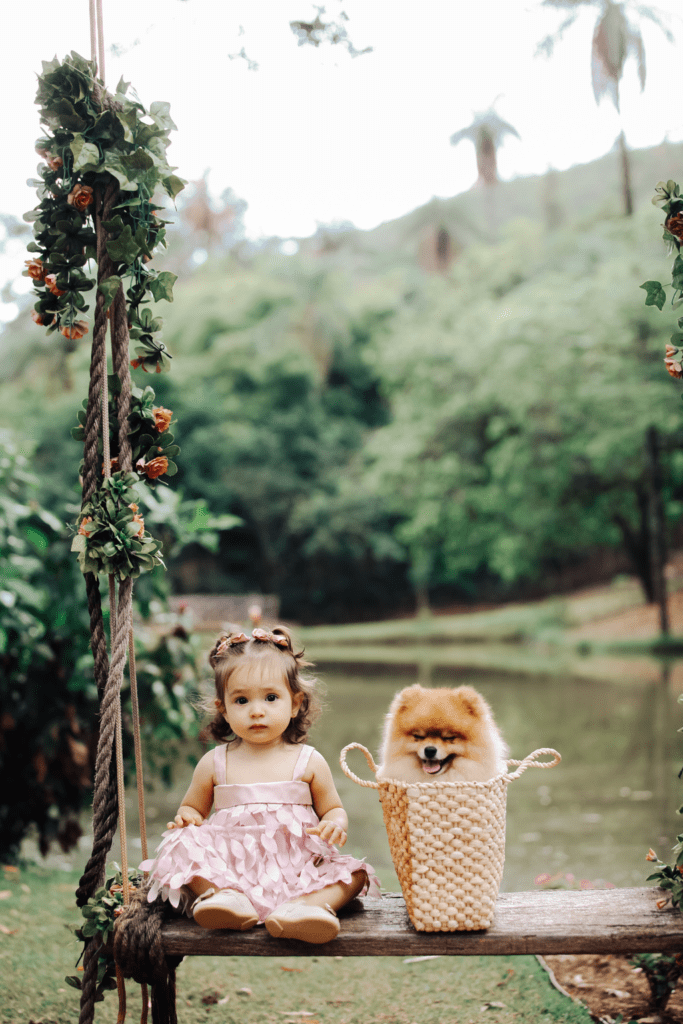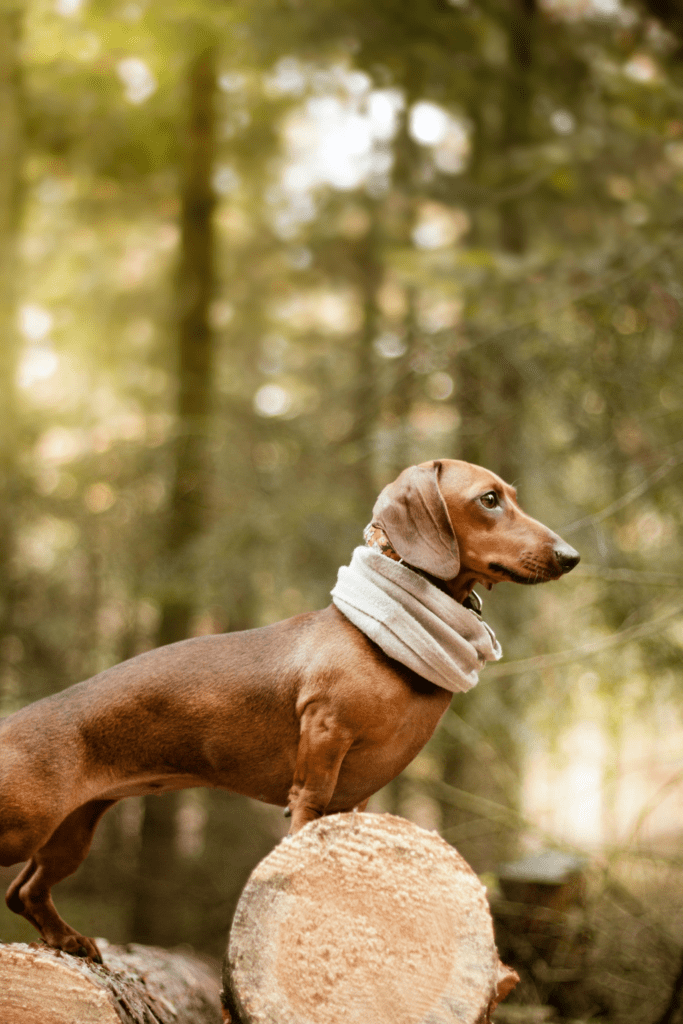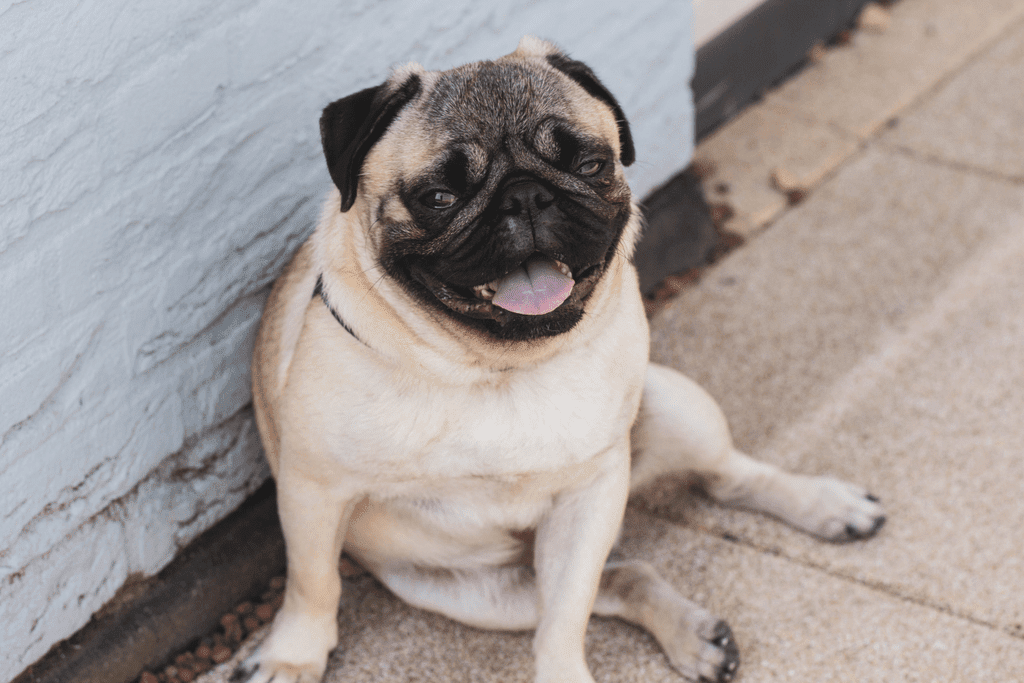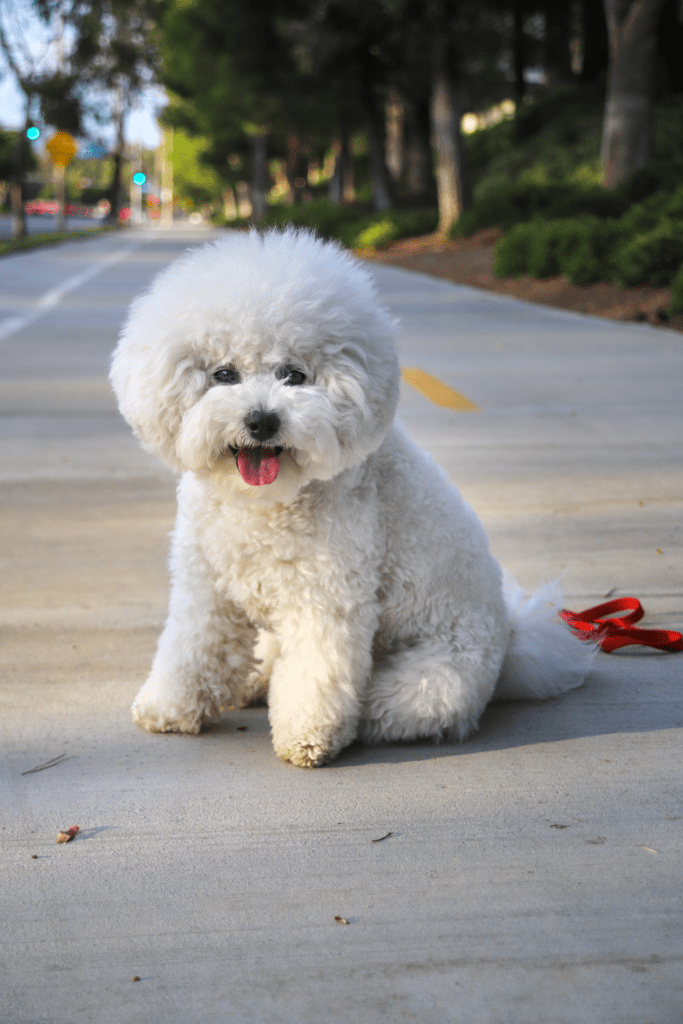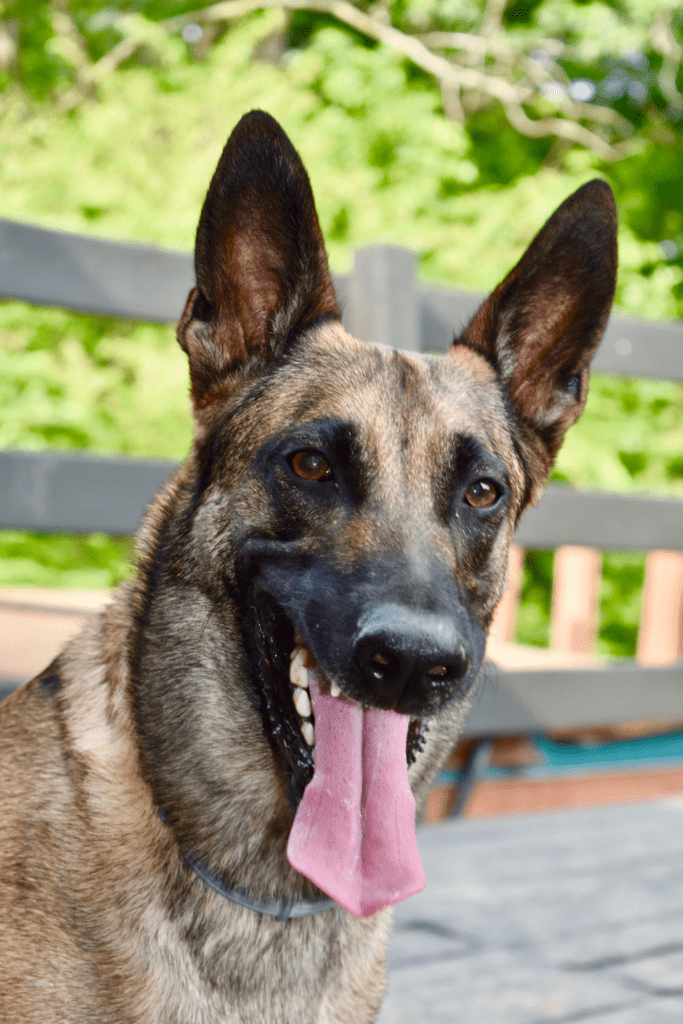A Guide to the German Shepherd Dog Breed
The German Shepherd is a popular and versatile dog breed known for its intelligence, loyalty, and versatility. In this guide, we will explore the history, characteristics, and care requirements of this amazing breed. History The German Shepherd is a breed of working dog that originated in Germany in the late 19th century. Originally, it was bred for herding and guarding sheep, but over time, its intelligence, obedience, and versatility led to its use in various roles, including police and military work. During the late 1800s, there was a need for a capable herding dog in Germany. Various local shepherd dogs were used, but there was no standardized breed. To address this, a German cavalry officer named Captain Max von Stephanitz decided to create a breed with specific traits that he believed were necessary for a superior herding dog. Captain Stephanitz began his breeding program, and in 1899, he acquired a dog named Hektor Linksrhein, which he renamed Horand von Grafrath. Horand became the foundation stud for the German Shepherd breed. Captain Stephanitz carefully selected other dogs with desirable traits and established the Society for the German Shepherd Dog to promote and standardize the breed. The German Shepherd’s herding and guarding abilities quickly gained recognition and popularity. It excelled in herding sheep, keeping them together in a flock, and protecting them from predators. The breed’s intelligence, loyalty, and protective instincts made it highly sought after by shepherds. However, it wasn’t long before people realized that the German Shepherd had potential beyond herding. Its trainability and physique made it an excellent candidate for other tasks. The breed’s role expanded to include search and rescue, police work, military service, and assistance for people with disabilities. During World War I, German Shepherds served in the military as messengers, guard dogs, and sentinels. They proved to be highly reliable, brave, and capable of performing under pressure. Their success in military operations further solidified their reputation as a versatile and dependable working breed. After the war, German Shepherds gained international recognition for their exceptional qualities. They were quickly adopted by police forces around the world for their aptitude in tracking criminals and detecting illegal substances. The breed’s intelligence, agility, and strength made it an invaluable asset in law enforcement. Today, German Shepherds continue to be widely used in various roles, including search and rescue, therapy work, and competitive dog sports. They are also a popular choice for families due to their loyal and protective nature. Their versatility and adaptability have made them one of the most beloved and respected dog breeds worldwide. Characteristics A medium to large-sized breed with a strong and muscular build, the characteristics of this dog make them highly sought after by both families and individuals looking for a loyal and protective companion. In addition to their physical attributes, they are known for being intelligent, trainable, and eager to please. Strong and Muscular Build This breed is known for its impressive size and strength. With a sturdy frame and well-defined muscles, they are capable of taking on physically demanding tasks and excel in activities that require power and agility. Their athletic build allows them to participate in various sports and competitions, making them a versatile and active breed. Intelligent and Trainable With a sharp mind and an eagerness to learn, this breed is highly intelligent and easily trainable. They pick up commands and new skills quickly, making them an ideal choice for obedience training and other types of canine activities. Their intelligence also facilitates problem-solving abilities, enabling them to adapt to new situations and make smart decisions. Eagerness to Please One of the most endearing characteristics of this breed is their eagerness to please their owners. They thrive on positive reinforcement and enjoy being there for their family. This eagerness to please makes them responsive to training and creates a strong bond between them and their human companions. They are happiest when they are able to make their owners happy and will go above and beyond to earn their praise and affection. Protective Nature and Loyalty This breed is known for its protective nature towards their family. They have an inherent instinct to protect their loved ones and will act as a vigilant guardian when they sense any potential threats. Their loyalty knows no bounds, and they will stand by their family through thick and thin. Whether it is protecting the home or providing emotional support, their loyalty and commitment are unwavering. In conclusion, this medium to large-sized breed possesses a strong and muscular build, making them physically capable and versatile. Their intelligence and trainability make them a joy to work with, and their eagerness to please is both endearing and rewarding. With their protective nature and unwavering loyalty, they are the perfect companions for individuals or families looking for a devoted and trustworthy four-legged friend. Temperament A dog’s temperament plays a crucial role in determining its behavior and interaction with its surroundings. Understanding a dog’s temperament can help owners provide the appropriate training and care for their furry companions. In this blog section, we will explore the key aspects of a dog’s temperament. Confident and Self-Assured A confident and self-assured temperament is often desirable in dogs. These dogs tend to be calm and composed in various situations, making them more resilient to stress. Such dogs are more likely to handle new experiences and environments without exhibiting fear or anxiety. Dogs with a confident and self-assured temperament are more likely to display independent behavior, being less reliant on constant attention and reassurance from their owners. This temperament trait can make them suitable for individuals or families who have a busy lifestyle and cannot provide constant companionship. Highly Adaptable and Versatile Dogs with a highly adaptable and versatile temperament can adjust well to different environments, living situations, and social settings. They possess the ability to cope with changes in routines, such as travel, moving to a new home, or encountering new people or animals. This temperament trait enables these dogs to be comfortable
A Guide to the German Shepherd Dog Breed Read More »



